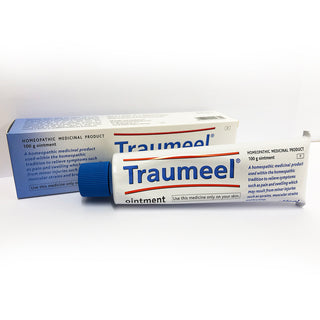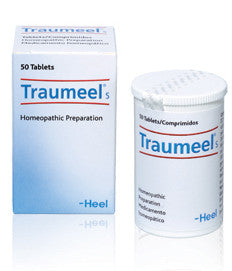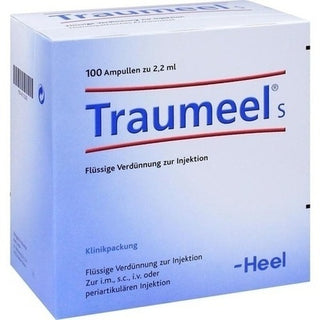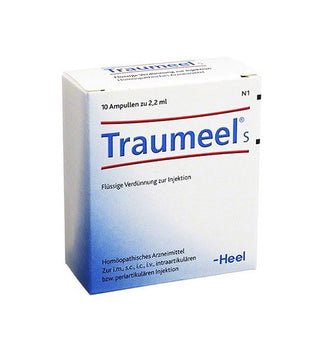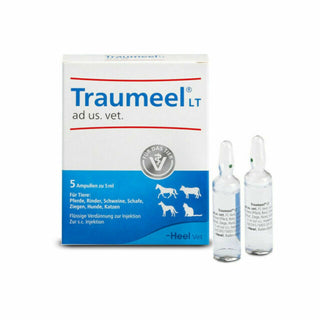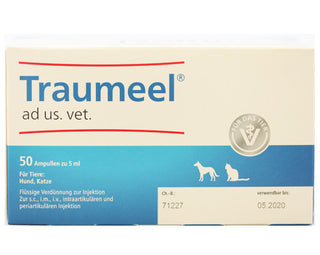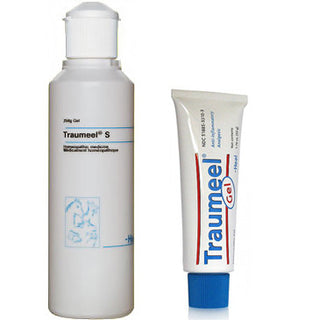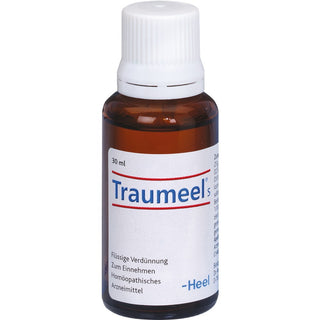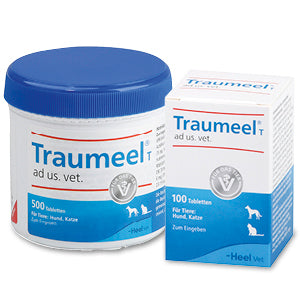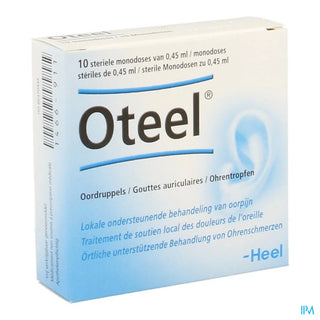
Importance of the Matrix for Your Health
To stay healthy, the extracellular matrix (ECM) must renew itself constantly.
- The anabolic/catabolic cycle of tissues is one of the body’s homeostatic mechanisms that follow a biorhythm.
All such processes involve close orchestration among different systems, namely the:-
- immune system, hormonal system, and local mediators.
Various triggers for remodeling have been postulated, ranging from denatured tissue to mechanical forces.
The Role of the Connective Tissue:-
The role of the connective tissue as a body-wide signaling network has been recognized by the ancient cultures and has been recently revisited by authors such as Langevin.
- Langevin makes the connection between the connective tissue planes and the meridians, thereby offering an explanation of phenomena observed in daily practice when working with acupuncture points.
The role of mechanical forces on the ECM is also becoming clearer, although the exact mechanism of action is still not completely known.
- In the past two decades, research has determined that many cells are sensitive to mechanical forces and can change their phenotype as well as the structure of the surrounding connective tissue.
Of even greater interest, cells that share a common ECM may alter their mechanical environment by inducing other cells to remodel the ECM, as happens in lung tissue where fibrosis is the outcome, even if there is no inflammation in the environment.
According to Langevin and others, a number of possibilities emerge when looking for possible signals sensitive to mechanical forces:
1. Electrical Signals
Szent-Györgyi used the term “bioenergetics” to refer to energy not confined in biomolecules but emitted or absorbed directly by tissue.
As early as 1941, Szent-Györgyi proposed that electrons can propagate through crystalline structures both within and between molecules, forming semi-conducting currents entirely separate from the movement of ions, previously assumed to be the only possible basis for bio-electricity.
This is the working mechanism postulated to explain the recent discovery that rotational field quantum magnetic resonance (RFQMR) can be used to regenerate cartilage in osteoarthritis of the knee joint.
The major stimulus for bone and cartilage formation is a piezoelectric signal generated when the bone or cartilage is subjected to tension or compression.
- This knowledge is widely used today in orthopedics, where it is known that bone atrophies, as during space travel or when immobilized or not used.
In these cases, therefore movement is encouraged to support better healing, and ultrasound or other devices may be used to simulate the piezoelectric signal. Transmission of this piezoelectric signal is also impaired following joint injury and trauma or in diseases such as osteoarthritis.
2. Cellular Signals
Connective tissue fibroblasts have been shown to become active after mechanical stretching, and sports medicine has documented the effect of stretching on healing tendons and other structures.
Even ionic membrane pumps and cytoplasmic enzyme reactions have been shown to respond to mechanical stimuli.
Recent evidence suggests that:-
Stretching may even attenuate inflammatory signals in osteoarthritis joints.
Data suggest that constant application of cyclic tensile strain (CTS) blocks IL-1β-induced pro-inflammatory genes at the transcriptional level.
The signals generated by CTS are sustained after its removal, with their persistence dependent on the length of CTS exposure.
Furthermore, the sustained effects of mechanical signals are also reflected in their ability to induce aggrecan synthesis.
These effects were seen on transcription factors of inflammatory mediators on chondrocyte stretch in vivo.
These findings, extrapolated to human chondrocytes, may provide the insight needed to achieve optimal sustained effects of physical therapies in the management of arthritic joints.
3. Plasticity Signals
Structural change of an organism is closely related to the cell’s ability to modulate its peri-cellular environment, whether in the normal process of growth, in maintaining homeostasis, or as part of a disease process.
This response of connective tissue to mechanical stress is well-known.
According to Langevin, it takes place over days or weeks following a change in posture or a new activity.
It follows remodeling of the ECM with changes in the collagen matrix as well as visco-elasticity.
Matrix remodeling is an example of a catabolic/anabolic cycle: Proteolytic enzymes stimulated by tissue damage or inflammatory mediators are counteracted by anti-proteases activated by substances such as TGF-β.
To date, these effects had been noted only in specialized connective tissue.
The possibility that they will also be found in loose connective tissue suggests an overall plasticity reflecting an individual’s overall movement patterns and would also explain the effect of local inflammatory foci on the entire body, known empirically to practitioners of biological medicine.
.
Conclusion
In conclusion:-
movement of the matrix plays an important role in its remodeling and regeneration.
We need to include stretching and aerobic exercise as part of our treatment.
The need is especially great in cases of tissue damage that require remodeling, as in fractures, osteoporosis, and tendon injury
Supportive Bioregulation
As mentioned above, matrix remodeling is a complex process relying on multiple factors: the immune system for controlled inflammation and repair, the action of amino acid-dependent proteases and metalloproteinases, normal cortisol diurnal rhythm, and normal angiogenic balance.
The three pillars of antihomotoxic therapy:-
are essential to ensure matrix health.It can be postulated that many environmental toxins carry electrical or chemical charges that may disrupt subtle piezoelectric signals and affect transcription of mediators, thus affecting plasticity.
Example
The example of the zebra fish tail, which regenerates completely after being severed, shows that adult zebra fish have the capacity to regenerate the caudal fin, a process that is inhibited by exposure to the ubiquitous environmental contaminant 2,3,7,8-tetrachlorodibenzo-p-dioxin (TCDD).
Fin regeneration is a complex process requiring precise regulation of several processes including wound healing, ECM production, revascularization, innervation, and bone formation. TCDD, a persistent organic pesticide, directly inhibits this process.
- The practice of advanced supportive detoxification with subsequent drainage is thus recommended for matrix health.
Antihomotoxic medicine combined with proper nutrition can support this process.
Medications such as:-
are especially suitable for supporting the matrix biorhythm.
Immune modulation that down-regulates inflammatory mediators and secretion of TGF-β (part of the working mechanism of Traumeel) is also of benefit.
These interventions support matrix remodeling and form the backbone of treatment of many chronic diseases.
Together with
- nutrition
they may ensure normal matrix plasticity and restore anabolic/catabolic cycles.
For the complete article see this page here:-
Contact Us
Please Contact Us if you need more help


